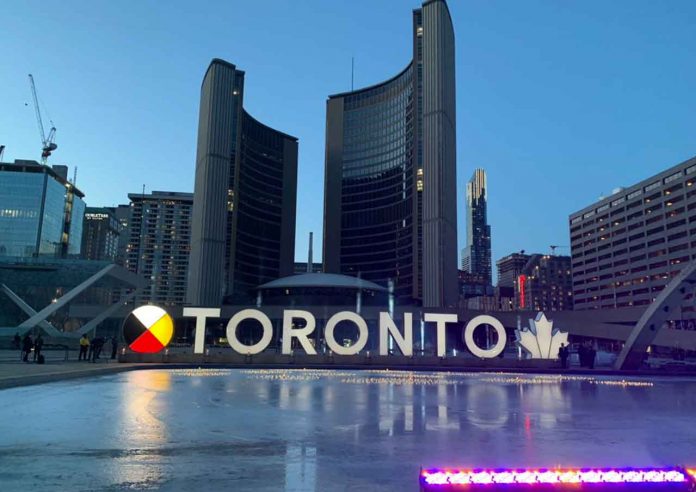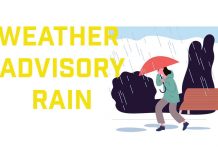Toronto – HEALTH – Toronto Public Health (TPH) are investigating the first suspected case of monkeypox in an adult male resident in their 40s with recent contact with an individual who travelled to Montreal.
The individual is currently stable and recovering in the hospital.
While the risk to the general public from this infection is very low, members of the public may have been exposed to monkeypox in the following settings:
- An event at the Axis Club (hosted by Prism), located at 722 College St. on May 14
- Woody’s bar, located at 467 Church St. on May 13 and on May 14
Monkeypox is a rare but potentially serious viral illness that typically begins with flu-like illness and swelling of the lymph nodes and progresses to a widespread rash on the face and body. Monkeypox reemerged in Nigeria in 2017 after more than 40 years with no reported cases. Since then, there have been more than 450 reported cases in Nigeria and at least eight known exported cases internationally.
Centre for Disease Control
Scientists at the Centers for Disease Control and Prevention (CDC) are collaborating with the Massachusetts Department of Public Health to investigate a case of monkeypox in a Massachusetts resident who had recently traveled to Canada by private transportation. Testing in Massachusetts found orthopox virus infection Tuesday night, and CDC labs confirmed as monkeypox this afternoon.
CDC is also tracking multiple clusters of monkeypox that have been reported within the past two weeks in several countries that don’t normally report monkeypox, including Portugal, Spain, and the United Kingdom. It’s not clear how people in those clusters were exposed to monkeypox but cases include individuals who self-identify as men who have sex with men. CDC is urging healthcare providers in the U.S. to be alert for patients who have rash illnesses consistent with monkeypox, regardless of whether they have travel or specific risk factors for monkeypox.
Anyone, regardless of sexual orientation, can spread monkeypox through contact with body fluids, monkeypox sores, or shared items (such as clothing and bedding) that have been contaminated with fluids or sores of a person with monkeypox. Monkeypox virus can also spread between people through respiratory droplets typically in a close setting, such as the same household or a healthcare setting. Common household disinfectants can kill the monkeypox virus.
“Many of these global reports of monkeypox cases are occurring within sexual networks. However, healthcare providers should be alert to any rash that has features typical of monkeypox. We’re asking the public to contact their healthcare provider if they have a new rash and are concerned about monkeypox,” said Inger Damon, MD, PhD, a poxvirus expert with more than 20 years’ experience and Director of CDC’s Division of High-Consequence Pathogens and Pathology, where the agency’s poxvirus research is based.
What people should do:
- People who may have symptoms of monkeypox, particularly men who report sex with other men, and those who have close contact with them, should be aware of any unusual rashes or lesions and contact their healthcare provider for a risk assessment.
What healthcare providers should do:
- If healthcare providers identify patients with a rash that looks like monkeypox, consider monkeypox, regardless of whether the patient has a travel history to central or west African countries.
- Do not limit concerns to men who report having sex with other men. Those who have any sort of close personal contact with people with monkeypox could potentially also be at risk for the disease.
- Some patients have had genital lesions and the rash may be hard to distinguish from syphilis, herpes simplex virus (HSV) infection, chancroid, varicella zoster, and other more common infections.
- Isolate any patients suspected of having monkeypox in a negative pressure room, and ensure staff understand the importance of wearing appropriate personal protective equipment (PPE) and that they wear it each time they are near suspected cases.








